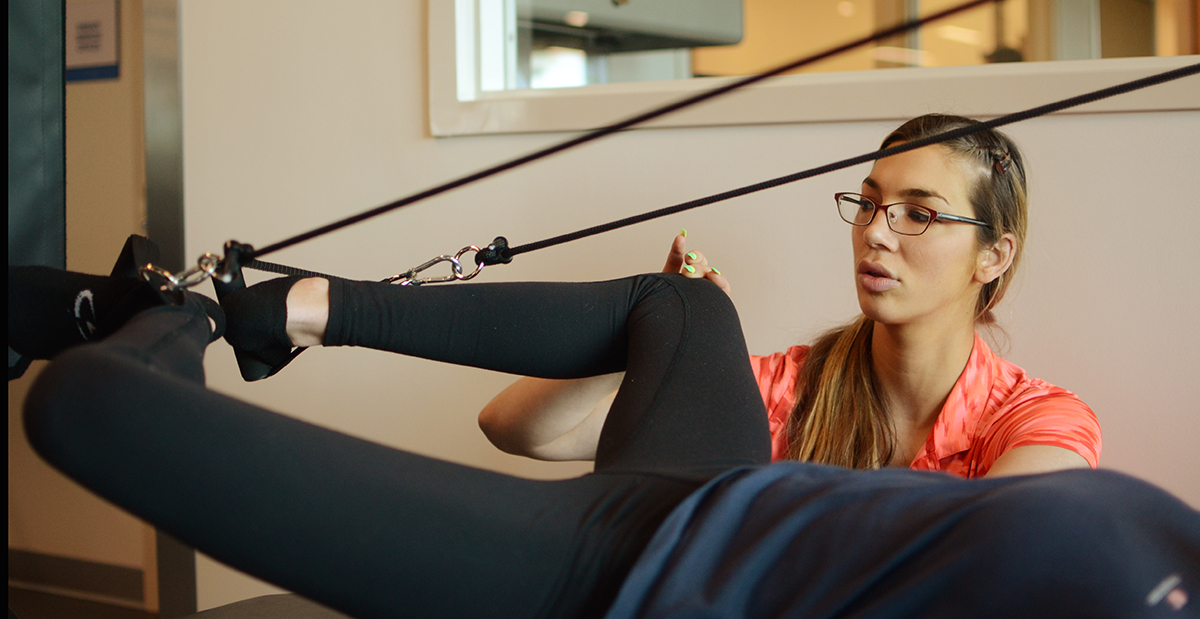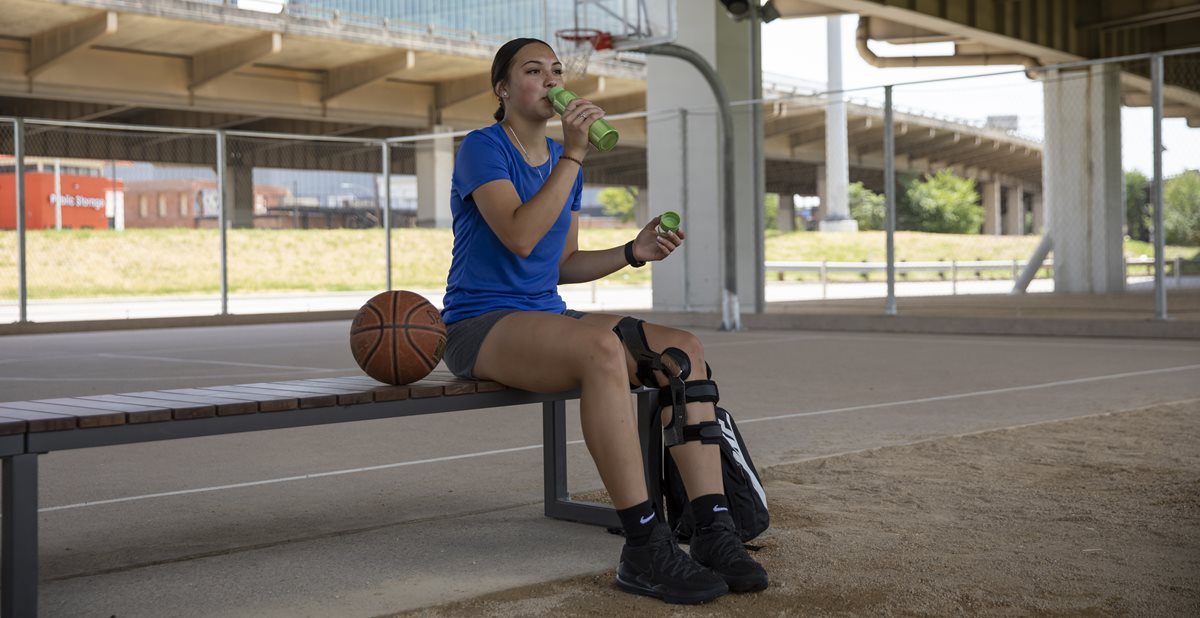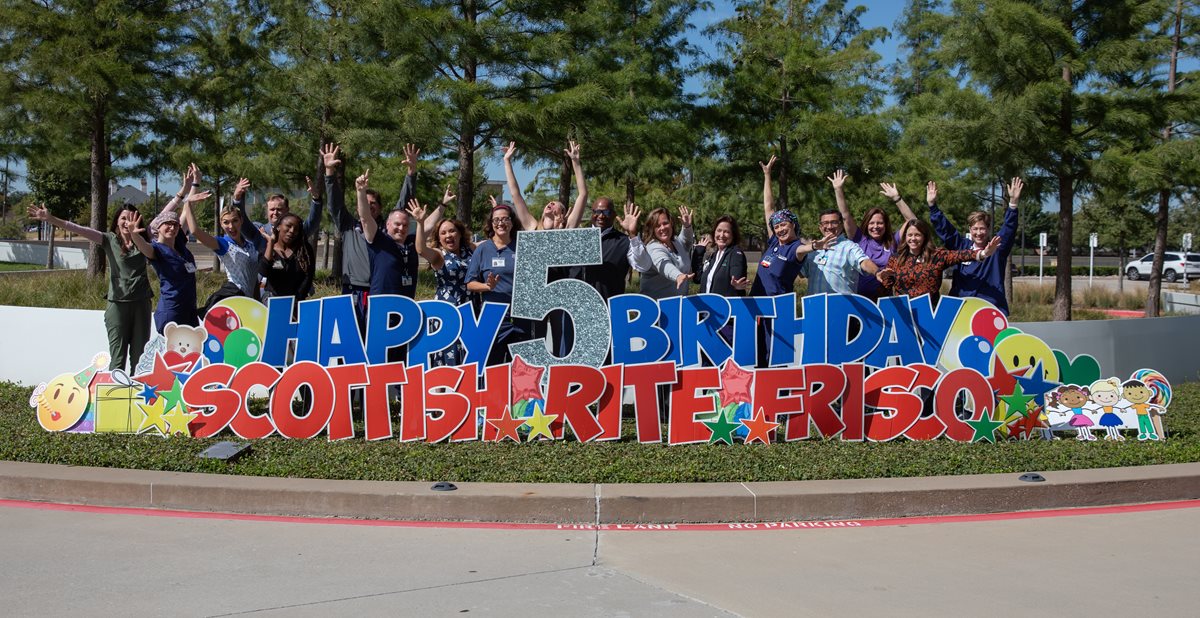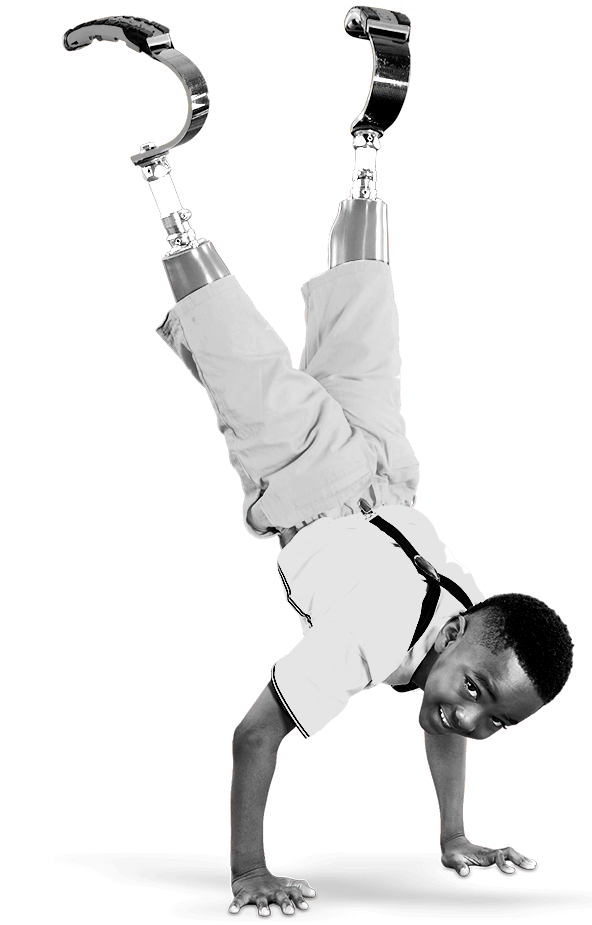
Oct 08, 2020 / Sports Medicine
General Conditioning and Cross-Training Tips for Dancers
Many athletes perform general conditioning and cross-training exercises outside of their sport-specific practices. Dancers may be less familiar with these concepts or may think they do not fit their training needs. Our physical therapist, Jessica Dabis, P.T., has first-hand experience with taking care of injuries in dancers who haven’t invested time and energy in their practice.
Here are a few ways that general conditioning and cross-training help a dancer:
MOBILITY
Rather than just static stretches, incorporate dynamic mobility exercises. You can progressively load while working through the range of motion needed in your dance movements. Strengthening joint stabilizer muscles can also improve mobility surrounding the joint or the neighboring joint.
RESISTANCE TRAINING
Don’t be afraid of lifting challenging weights! With proper technique, weight training will not negatively affect body shape or cause restrictions in mobility. Strengthen the core and hip stabilizer muscles as a main focus. With arm and leg movements, perform exercises through the full range of motion and avoid creating muscle imbalances. Improving leg strength can enhance leaps and sustained poses. Strengthening upper body, back and shoulder muscles improves response to postural demands.
AEROBIC OR CIRCUIT TRAINING
Maintain or increase the aerobic base needed for ballet, jazz and hip hop performances. A dancer’s focus is on the endurance-speed-strength continuum not a maximal strength or high-rest hypertrophy program. Those are more likely to promote maximal muscle size growth, which might be of concern to dancers.
Here are some ideas of activities that dancers may love.
Try integrating these into a weekly or monthly schedule:
For a long time, the dance community has recognized that diversification in training from one genre to another helps to develop the foundations for a lifetime of dancing. Adding elements of strength training to protect joints and endurance training to reduce risk of injury while fatigued can further enhance the safety and longevity of a dancer’s career.
Keeping Up With the Count - This content is provided by a multidisciplinary team of staff that are passionate about keeping young dancers safe and healthy.
Here are a few ways that general conditioning and cross-training help a dancer:
- Improve muscular endurance.
- Improve muscular strength to protect joints for injury prevention – hip stabilizers, quadriceps, hamstrings, calves.
- Avoid overtraining by varying from dance postures.
- Build unilateral strength to address compensations.
- Improve mobility limitations that may affect injury risk or aesthetics of your dance practice.
- Stay strong and in aerobic shape during periods of restricted studio time, like COVID.
MOBILITY
Rather than just static stretches, incorporate dynamic mobility exercises. You can progressively load while working through the range of motion needed in your dance movements. Strengthening joint stabilizer muscles can also improve mobility surrounding the joint or the neighboring joint.
RESISTANCE TRAINING
Don’t be afraid of lifting challenging weights! With proper technique, weight training will not negatively affect body shape or cause restrictions in mobility. Strengthen the core and hip stabilizer muscles as a main focus. With arm and leg movements, perform exercises through the full range of motion and avoid creating muscle imbalances. Improving leg strength can enhance leaps and sustained poses. Strengthening upper body, back and shoulder muscles improves response to postural demands.
AEROBIC OR CIRCUIT TRAINING
Maintain or increase the aerobic base needed for ballet, jazz and hip hop performances. A dancer’s focus is on the endurance-speed-strength continuum not a maximal strength or high-rest hypertrophy program. Those are more likely to promote maximal muscle size growth, which might be of concern to dancers.
Here are some ideas of activities that dancers may love.
Try integrating these into a weekly or monthly schedule:
- Pilates: focuses on deep stabilizer muscles and on technique and alignment during movement.
- Yoga: focuses on body awareness and centering, with dynamic mobility to address the hip flexibility needs in dance – increase strength and mobility.
- Swimming: provides low-impact development of muscle stamina, does not add stress to joints.
- Resistance training at home: use resistance bands for back exercises, a resistance loop around the knees for a hip circuit, and grab an 8-12 inch box for single leg squat/step-up variations. Focus on proper form and joint alignment, using the posture cues your dance teacher emphasizes in dance. Start with a routine every other day.
For a long time, the dance community has recognized that diversification in training from one genre to another helps to develop the foundations for a lifetime of dancing. Adding elements of strength training to protect joints and endurance training to reduce risk of injury while fatigued can further enhance the safety and longevity of a dancer’s career.
Keeping Up With the Count - This content is provided by a multidisciplinary team of staff that are passionate about keeping young dancers safe and healthy.



